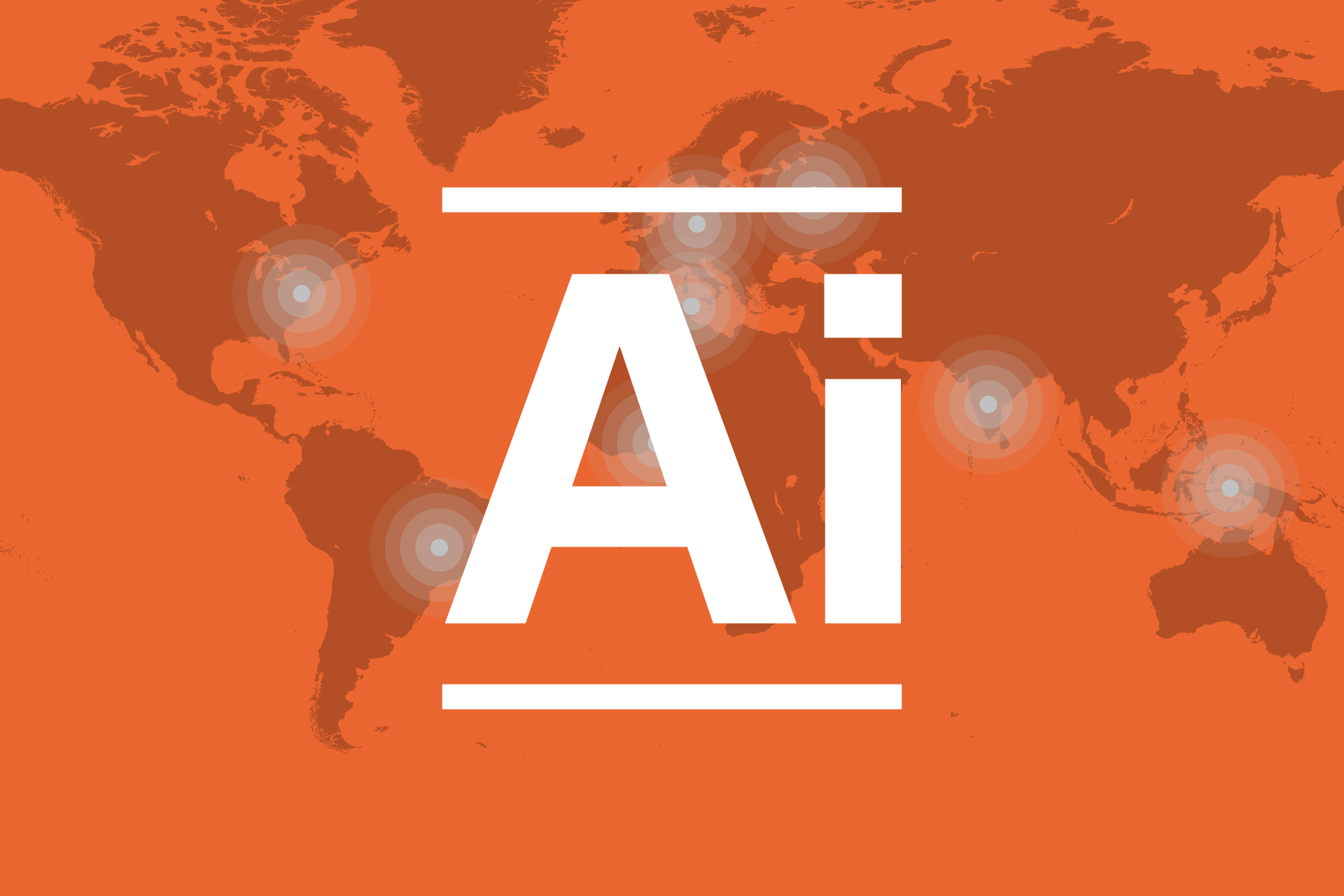Country reports
The resulting document of the Congress should enable the Republic of the Belarus, in the long run, to enter the high-tech markets, increase scientific share in the gross domestic product and strengthen practical research results. Can these measures make the country fit for the challenges of the future?
The draft strategy developed by the National Academy of Sciences of the Republic of Belarus, which was in charge of the process, was presented to the stakeholders a few days after the discussion at the Council of Ministers at the end of October 2017. After the discussion of the draft at the Congress of Scientists, the National Academy of Sciences of the Republic of Belarus is currently incorporating the collected feedback. Once adopted by the government, the strategy should determine the directions for the state innovation policy and tools for the development of the scientific and technical potential of the country going forward.
Although currently it is still not clear what the final version of this strategy will look like after finalized by the Academy of Sciences, the cornerstones and the conceptual approaches of the document provide an insight into current approaches to the economic policy in the country.
This is all the more relevant, as the developers of the draft strategy position their document as a conceptual answer to the visions of the future in respect of the fundamentals of economic growth originating from other countries, like, for example, conceptual ideas of “Industry 4.0” or the Japanese model of “Society 5.0”. According to these suggestions, “intellectual Belarus” should be formed with the aid of large-scale introduction of digital technologies, creation of a “neo-industrial” complex and a “highly intellectual” society.
Effects over time and implementation milestones
During the first stage till 2020 the academic masterminds of the draft strategy intend to, first of all, secure the achievement in the scientific and technical field, cement the position of the country in the international division of labour and cooperation, as well as finalize the goals of social and economic development. The second stage from 2021 to 2030 should concentrate on the creation of systemic conditions for the digital intellectual modernization of traditional industries and on selection of growth points for the science-intensive economy. The final third stage from 2031 to 2040 should see enhanced competences in the selected segments of intellectual economy and Belarus taking lead worldwide in these segments.
The scientists suggest going with the global flow of the scientific and technical progress, as well as taking into account the needs of the society, state and economy, while relying on international scientific and technical cooperation.
Baseline
Before shaping the vision of the future, the strategy first provides for comprehensive critical analysis of the baseline. On the one hand, it identifies the available entity for the innovative development of economy. Its basis should be the National Academy of Sciences, which plays an important role in the research, as is the case in other post-Soviet countries, while Belarusian universities have a strong focus on teaching. The draft covers specific scientific areas, in which Belarus definitely has a competitive edge. On the other hand, the shortcomings of the academic realms are pointed out, including a low percentage of employment in research and development. Just about 0,6 percent of workforce are found here, this is 1,4 times less than in Russia and almost two times less than in countries with modern scientific setup. The average age among the qualified doctors of sciences is also criticized here: more than 60 percent of these persons are over 60, 15 percent of them are even past 80. The draft also scrutinizes the share of expenses for the science and innovations in the gross domestic product: it is only about 0,5 percent, whereas in the leading countries this value averages 2,5-3 percent.
Also, the overarching economic problems faced by Belarus are notably all too clearly revealed and partly commented upon: the low competitiveness of specific industries and enterprises, low economic growth, high share of imports, plummeting demographic potential, slow reaction of the educational system to the changes in the labour market and the needs of the economy, and, finally, the increasing international competition in the field of natural and human resources.
Vision for 2040
According to the presented draft, “Intellectual Belarus”, which needs to be created before 2040, includes three key elements. The first one is comprehensive digitalization in the country. Digital technologies should constitute the technological core of the intellectual economy in the future. Secondly, the concept of the “neo-industrial complex” was developed. It has to do with the pro-duction of goods and services on the basis of nano-, bio-, IT- and additive technologies, composite materials with predetermined properties, as well as with Smart Energy. Thirdly, and finally, a “highly intelligent society” is mentioned, which is based on persons working in the intellectual sphere and constantly enhancing their competences. The goal is to achieve harmonization of needs of every person with the needs of the whole society with subsequent maximization of social benefits.
Thereby scientists want to build the envisaged “intellectual economy” on the foundation of traditional sectors: industry, agriculture, construction, energy, and healthcare. This basis should be modernized via breakthrough developments.
Planned breakthrough priorities
According to the draft strategy the traditional industries first of all must be completely digitalized until 2030, so that production then could be extensively modernized by 2040. Thereby, the goal is to have a “New industry 2040”, which basically corresponds to the concept of Industry 4.0. According to this idea, the agrarian economy must be based on a concept of “precise agriculture”, healthcare must be based on personalized medicine and construction — on smart buildings.
According to the draft strategy, the scientists want to achieve breakthroughs in the fields of robotic technology and mechatronics, future energies, space systems and driverless technical systems, nano- and bio-industry, additive technologies, composite and intelligent (smart) materials, and environmental technologies.
How would this work?
The “intellectual Belarus” should be established primarily through the promotion of human potential. For this purpose, there is a plan to rearrange the educational system in a practice-oriented manner and to intensify the cooperation between the educational system, the basic research and the applied science. The draft strategy provides for the life-long promotion of creative, inventive and entrepreneurial personal qualities. The authors of the strategy further seek to digitalize educational technologies and to integrate the educational system itself in the international education networks.
Further suggestions to the draft pertaining to the intensification of scientific and innovative activity spell optimization of legal regulation and the government control of this field with the goal to strengthen the connection between economy and science. With this approach, already in 2018 the science intensity of the gross domestic product should grow to 0,66 percent, in 2020 — to 1,5 percent, in 2030 — to 2,5 percent, and in 2040 to three percent of the gross domestic product.
Expected results
For the first stage (2018 – 2020) the Congress of Scientists suggested an action plan (Road Map) for the modernization of traditional industries on the basis of high-tech developments. During this period scientists expect to plan scientific and technical research and works in priority areas and to obtain corresponding approvals from the state. This requires updated legal framework and new educational standards.
During the second stage (2021 – 2030) an economic and organizational platform for a balanced economy has to be formed. The economy needs to be modernized structurally and technically, whereby – this suggestion is particularly important to Belarus – the systematic state support of not profitable branches and enterprises has to be phased out. These also a need for enabling conditions for the development of high-tech enterprises and for the sensitization of the economy for innovations.
During the third stage (2031 – 2040), the created material basis and the high level of human capital are to to enable the development of competences in the selected segments of intellectual economy and launch Belarus into the global lead in these segments.
As a result of these measures scientists hope to achieve by 2040 a share of high-tech sectors – currently these include nano-, IT-, bio-, space industry – amounting to ten percent in the economic structure, a share of innovative products of industrial enterprises in the whole industrial production amounting to 25 percent (2016 – 16,3 percent) and a share of research and development with breakthrough nature in the overall research and development works amounting to 30 percent.
Assessment
Should this strategy secure the final endorsement by the government, one can definitely expect an increase of competitiveness and sustainability of the Belarusian economy. There may also be higher attractiveness of investments in the innovations and the infrastructure. Thus, it should be noted that the developers of the strategy talk about the creation of a “neo-industrial” society, although the approaches of the strategy basically aim at the creation of a “post-industrial”, i. e. innovative society and economy based on developed human resources. In this case the wordplay can be a concession to political leaders, who do not want to break up the existing structures or do so too quickly.
Generally, it remains to be seen, to which extent the definitely innovative and elaborated suggestion of the scientists will be actually accepted and implemented by the government. Over the past years it was proven many times that the political leaders of the country acted rather according to conservative structural approach and they are apprehensive of real changes, which are necessary for this modernization – first of all in the educational system, in the scientific and research fields, in the reformation of traditional industry branches, in privatization, which is required for this purpose, and in the greater freedom for the economy, as well as in the creation of high legal certainty for investors.
Latest improvements for small entrepreneurs and in the digital sector are actually indicative of current great readiness for reforms. The success of the suggested strategy, however, will definitely depend on the extent of consequent implementation. First of all, the need for modernization in the educational system is urgent and massive. Higher wages and selection of faculty, competence-oriented curricula and a modern syllabus are easy and promising, but still these are very basic activities out of those required.



